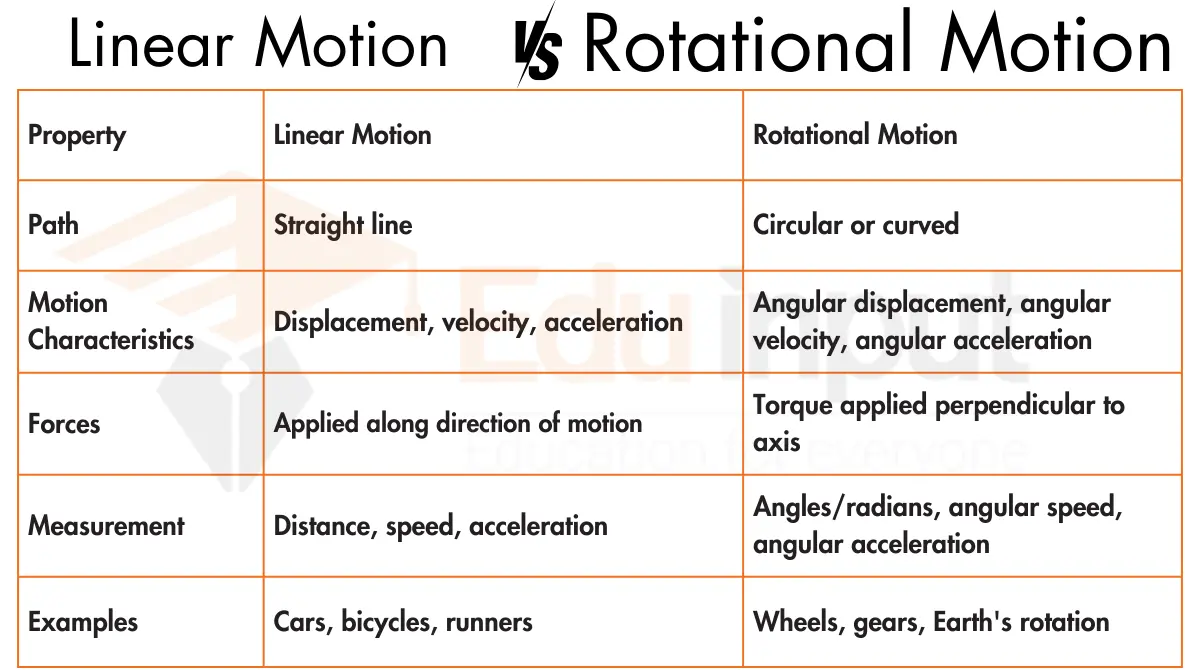Difference Between Ammeter and Voltmeter
The main difference between Ammeter and Voltmeter is the combination of resistors which is connected with a galvanometer to convert it into an ammeter and voltmeter.
Ammeter
An ammeter is an electrical instrument that is used to measure electric current in amperes. It is basically a modified form of the galvanometer. The portion of the galvanometer whose motion causes the needle of the device to move across the scale is usually known as “Meter Movement”.

Most of the galvanometers give full-scale deflection when a few milliamperes current is passed through them. So an ordinary galvanometer cannot be used for measuring large currents without proper modification.
Conversion of galvanometer to ammeter
Consider a galvanometer, whose meter-movement has resistance Rg. When Ig , current passes through it, it gives full-scale deflection. If Vg is the electric potential difference across the Galvanometer then according to Ohm’s law
Vg = Ig Rg
In order to convert this galvanometer into an ammeter, we connect a small resistance Rs called a shunt or shunt resistance in parallel with the galvanometer.
This low resistance provides an additional path to the flow of current. The value of shunt resistance Rs is so adjusted that only Ig, current flows through the galvanometer so that it gives full-scale deflection.
The remaining current Is=I-Ig passes through Rs.
The potential difference across shunt resistance Rs according to Ohm’s law is given by
Vs =RsIs
Or
Vs =Rs(I-Ig)
As the shunt resistance, Rs, and Galvanometer resistance Rg are connected in parallel so the potential difference across both is the same. So
Vs=Vg
RsIs = Ig Rg
(I-Ig)Rs=IgRg
Rs= IgRg/ (I-Ig)
The resistance of the shunt is usually very small even a piece of copper can serve this purpose. Thus an ammeter is a low resistance Galvanometer and is always connected in series with a circuit.
The resistance of the ammeter is the combined resistance of the galvanometer meter movement and the shunt. Usually, it is very small.
An ammeter must have very low resistance so that it does not disturb the circuit in which it is connected in series in order to measure the current.
Voltmeter
An electrical device that is used to measure the potential difference in volts between two points is called a Voltmeter.
It is a modified form of the galvanometer and is always connected in parallel with the circuit. When a high resistance Rh is connected in series with the galvanometer, it becomes a voltmeter.

Suppose a galvanometer has resistance Rg and it gives full-scale deflection when Ig current passes through it.
Conversion of galvanometer to voltmeter
To convert this galvanometer into a voltmeter having a range of V volts, a resistor of high resistance Rh is connected in series with the coil of the galvanometer.
The value of Rh is so adjusted that Ig current must pass through it, so that meter movement shows full-scale deflection.
Since Rh and Rg are in series so the combined resistance is Re= Rh +Rg .
According to Ohm’s law.
V=Ig Re
V=Ig(Rh+Rg)
V/ Ig = Rh+Rg
Rg -(V/ Ig )= Rh
The scale of the galvanometer is calibrated from 0 to V volts. By properly choosing the value of the resistance Rh any voltage can be measured.
The voltmeter is always connected in parallel between two points in a circuit whose potential difference is to be measured. Before connecting a voltmeter, it should be assured that its resistance is very high in comparison with the resistance of the circuit across which it is connected otherwise it will load the circuit and will alter the potential difference which is required to be measured.
Difference between Ammeter and Voltmeter
| Ammeter | Voltmeter |
| It is the modified form of galvanometer | It is the modified form of galvanometer |
| A resistance is attached in parallel to a galvanometer | A resistance is attached in series to the galvanometer |
| It is always connected in series with the circuit | It is always connected in parallel with the circuit |
| Ammeter should have very low resistance | The resistance of the voltmeter should be very high |

 written by
written by 





Leave a Reply